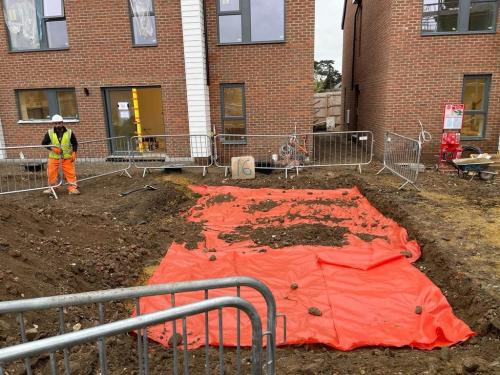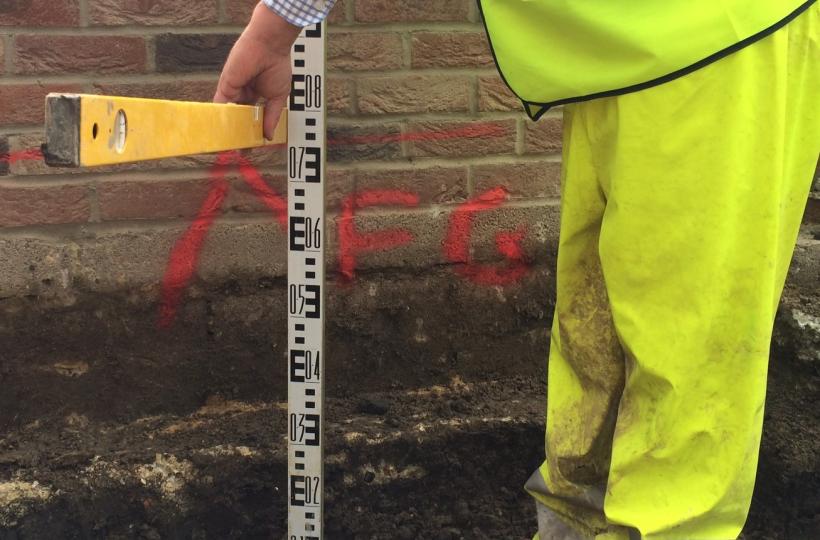Monitoring
Monitoring of What?
Monitoring may be required for ground gases, vapours and groundwater levels and contamination. Monitoring of implementation of the remediation strategy may involve recording soils removed from and brought to site and any construction activity that could impact the functioning of the approved remedial works.
Why is this needed?
Monitoring may be required as an element of the Phase 2 investigation where more information may be found. Here we are looking at monitoring as a tool to demonstrate effective implementation of the remediation strategy.
The client, the local authority or the Environment Agency may require independent confirmation that the Remediation Strategy had been implemented correctly.
Without the appropriate records it may not be possible to complete the close out or verification report, which may result in delays and additional costs while further investigation is undertaken.
Groundwater
If there has been or is a risk of contamination of groundwater monitoring may well be required. It is important that groundwater is protected from contamination as this may end up in streams and rivers impacting wildlife or entering aquifers used as sources of drinking water.
Regular monitoring may be required where there is a risk that site activities, groundworks or piling may adversely impact the groundwater to ensure there are no adverse changes to the groundwater.
It may be that an old tank on site has been leaking into the groundwater. During and after removal of the tank groundwater monitoring will help to establish if the sole source of contamination has been removed or if there are others still to be located.
Vapours
Soils and groundwater contaminated by hydrocarbons will emit vapours. Monitoring for vapours will help to establish if the soil remedial works or groundwater treatment is effective.
Monitoring could be by means of standpipes in boreholes or in existing buildings by using VaporpinsTM, you can see installation in our video on vapour monitoring.
Soils
Many remediation projects involve the need to remove some soil and place a layer of clean soil across the soft landscaped areas. Monitoring will include:
- Measuring the depth and extent of any contaminated soil removal. On smaller sites a photographic record may be adequate on larger sites a topographical survey is likely to be required.
- Sampling the soil strata remaining on site and checking compliance with the remediation strategy.
- Checking the destination of materials removed from site and the source of material brought to site.
- Recording volume of contaminated soils and fill removed from site.
- Recording volume of clean soils brought onto site and once placed checking the depth and making a photographic record.
- Taking samples of soils brought to site to confirm compliance with the remediation strategy criteria.
- A photographic record of installation of any barriers or other works required.

In short recording sufficient information to enable a comprehensive Verification Report to be completed to demonstrate that the site is suitable for the proposed use.
